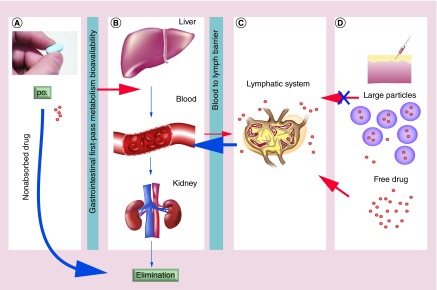Figure 2. . The distribution of drug varies depending on particle size and route of administration.
(A) Represents issues in bioavailability including solubility in gastrointestinal fluids and absorption through the gastrointestinal and first-pass metabolism. (B) Shows the possible accumulation of drug in off-target tissues as well as clearance of drug through the liver and kidneys. Peripheral accumulation of drug can result in toxicities and adverse reactions. (C) Shows the effect of particle size on drug retention in the lymph. Free drug that absorbs into the lymph is subject to rapid reabsorption into the blood. (D) Shows the effect of particle size on the drug's ability to move in the interstitial space and migrate to the lymph nodes. Free drugs and smaller nanoparticles can readily move into the lymph while larger particles (>1000 nm) stay at the site of injection.
po.: Per os.

